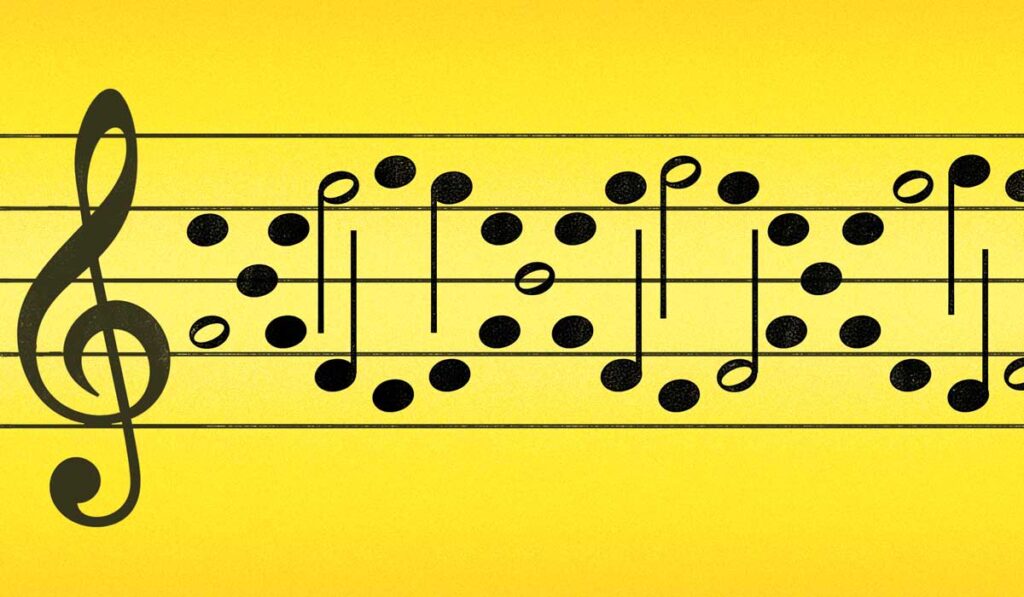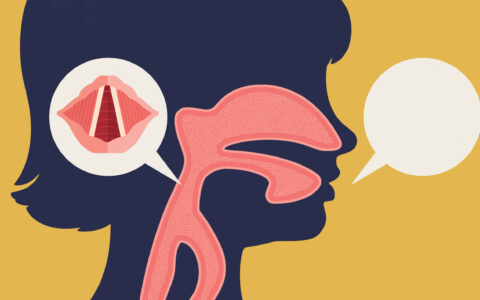The coordination of auditory and motor function that underlies human rhythm is complex, and researchers have just begun to explore how many of these traits may impact human health and biology.
Recently, an international team of researchers, led by Reyna Gordon, Ph.D., co-director of the Vanderbilt Music Cognition Lab, produced two papers that unveil the loci of the abilities and affinities that allow humans to move in time to a musical beat.
Gordon, along with Vanderbilt Genetics Institute colleagues, including Maria Niarchou, Ph.D., , as well as biomedical informatics specialist Lea Davis, Ph.D., published a paper in Nature Human Behaviour in June introducing their major discovery on how the nature of rhythm is influenced by the human genome.
Funded by an NIH Director’s New Innovator Award and working in collaboration with the private genetics firm 23andMe, the researchers were able to assess molecular genetic influences on musical rhythm based on a population sample of 606,825. They conducted a genome-wide association study that found ties between beat synchronization and genetic alleles at 69 separate regions of the genome. Those genes tied to beat synchronization were more like to be involved in brain tissue-specific gene regulation than could be explained by chance.
Multiplex of Signaling – from Genetics to the Brain
Gordon’s team is working on connecting human neural architecture to the genetic architecture of rhythm in a myriad of ways. Another recent publication from her group in Neuroscience and Biobehavioral Reviews is a meta-analysis of data from 30 published functional MRI (fMRI) datasets.
She, first author Anna Kasdan, a neuroscience Ph.D. student, and co-supervisor Stephen Wilson, Ph.D., an associate professor of hearing and speech sciences, highlighted findings that revealed a broad network of auditory, motor and cognitive brain regions involved in musical rhythm processing tasks. Using nuanced statistical analyses, they homed in on those regions robustly associated with perceiving and making musical rhythms.
They found that when the brain undertakes tasks such as tapping to a beat or discriminating between rhythmic patterns, a convergence of signals emanates from multiple sites in the neural circuitry – many more than would be expected when a non-musical auditory or motor task is performed. The signaling is particularly extensive during processing of complex rhythmic sequences, like syncopation in jazz.
“Our findings are beginning to unveil the particular neural circuitry the human brain deploys when performing music-related tasks,” Gordon said. “In our genetics paper, we also found these genes highly expressed in the same regions identified in the fMRI study, which bridges the genetic and neural architecture of musical rhythm in a novel way.”
Rhythm and Health
Defining which brain regions are activated through rhythm could enable clinicians and therapists to design more meaningful treatment for patients recovering from stroke or other brain injuries, as well as for patients with other types of speech and language impairments.
Current rhythm-based strategies, like tapping and pacing, are often used as speech/language and motor therapies for patients with brain injuries and other disabilities. If clinicians can understand which brain regions are important for rhythm development, this could help in diagnosis and in development of more effective therapies.
The researchers’ genetics studies also linked rhythmic synchronization to some of the same genetic patterns involved with human biological rhythms, such as walking and breathing. Through the genome-wide study, the researchers found connections between beat synchronization and biological rhythms, such as walking pace, and with lung-function phenotypes, such as peak expiratory flow and volume and shortness of breath. Gordon foresees that further exploration may reveal that this helps predict age-related functional decline.
“A decline in lung capacity often precedes motor decline and psychomotor speed, which precedes cognitive decline,” she said. “Thus, a patient’s changes in rhythmic aptitude, in conjunction with breathing capacity changes, could help us better target trajectories of risk and resilience.”
Caveats for Generalizing Findings
Acknowledging the limits of genome-wide association studies, Gordon and peers at Vanderbilt and other institutions – including New York University, Stanford and Columbia – urge caution in a co-authored paper citing some ethical concerns surrounding polygenic scoring, or PGS:
“For both ethical and methodological reasons, PGS cannot and should not be used to rank individuals or to make inferences about individuals’ musical talent or aptitude. Such uses, in addition to the ethical problems they pose, are based on a distortion of these scores’ predictive accuracy.”
Building Musicality Profiles
Caveats acknowledged that their work raises a broad question for this emerging field of musicality: What is the genetic architecture of music engagement and how is it activated?
To answer this question, Gordon plans to leverage emerging NIH interest in music and health research with Vanderbilt’s diverse patient population and biologic resources such as BioVU and its Synthetic Derivative, a fully de-identified repository of clinical data.
Ultimately, she would like to see a snapshot taken of each patient’s “musicality profile.”
“Adding even a couple questions about musical engagement into clinical intake could help downstream in providing personalized medicine,” Gordon said. “we’ve found that being a musician is protective against certain health factors and that it increases risks of certain health conditions. Clinicians already ask about other lifestyle factors such as smoking, exercise, and sleep. Why not a musicality question?”





